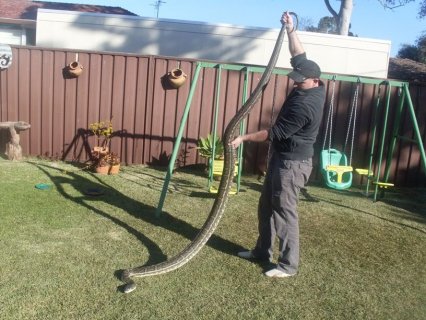
Carpet Python size
Carpet pythons in general belong to the Morelia spilota species and include a diverse group, such as diamond pythons, coastal carpet pythons, Irian Jaya pythons and jungle carpet pythons. The jungle carpet python subspecies (Morelia spilota cheynei) are native to a small region of the northwestern Australian rain forests. They are a slender, mostly arboreal python, and adults generally grow to a length of 5 to 7 feet. In the wild, they rarely have the striking black-and-yellow appearance seen in the trophy specimens found in captive collections. Given that no pythons have been legally exported from Australia since the 1970s, all of the current jungle carpets available in North America today are a result of captive breeding over the past few decades. Fortunately, the initial imported stock was diverse enough to allow the selective breeding and healthy development of today’s amazing jungles.
Ontogenesis
When it comes to color development, not all jungle carpet pythons are created equal, but they do start out looking alike! Jungle carpets undergo a rather dramatic color transformation in their first two years of life. Out of the egg, they all start as drab gray-and-black specimens. There may be slight differences in shades of gray, lighter versus darker, but basically no vibrant color is present. The lighter gray areas, we’ll call them saddles, are what develop into the tan, copper, brown, gold or yellow-patterned areas seen in adults. The dark background area usually develops into dark brown, dark gray or black. After about six months, the saddles on jungle carpet pythons develop more and more color with each shed. This is partly why jungle carpet lovers get excited with each shed, to see just how much more color will be present in their little prize. Each shed is like Christmas morning!
The saddles reach a peak in color saturation between two to three years, and after that, they begin to show some darkening. The saddles can also begin darkening within the first year, showing a “browning” or “smudging” of the lighter-colored scales. For most jungle carpets, this makes the python less attractive looking, giving it a “dirty” appearance. Once a jungle carpet python begins to show scale darkening in the saddles, these areas will not become lighter or cleaner again. This is a very important fact to understand when acquiring a jungle carpet python. A minority of specimens retain clean, light saddle areas well into adulthood (when the snake reaches 3 to 7 years of age). These “colorfast” jungle pythons with clean, yellow saddle scales are greatly coveted by collectors as a wonderful display animal and also by breeders who want to create trophy bloodlines.
You might also like


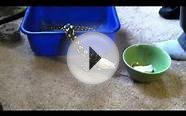
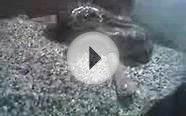
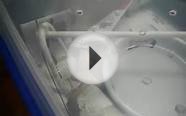

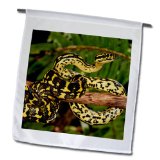
|
Danita Delimont - Snakes - Jungle Carpet Python snake, Australia, New Guinea - NA02 DNO0898 - David Northcott - 18 x 27 inch Garden Flag (fl_140182_2) Lawn & Patio (3dRose LLC)
|
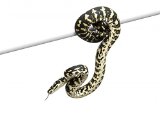
|
Jungle Carpet Python Peel and Stick Wall Decal Home (Wallmonkeys)
|






